Off-grid living is a dream for many preppers and homesteaders in the U.S., but not all states are an ideal choice. It is also a bold decision to live off-the-grid, and there are numerous things to consider before you dive into it.
Before you can choose a place to put up your off-grid homestead, you need to consider some things:
- Homesteading: Having an off-the-grid home is a good idea, but don’t spend much of your energy, time, and resources on building it right away.
- Water: While living off-the-grid in the wild is perfectly doable; you need to be clear on where you can access clean water all year round. You also need to think about what you will do if these water sources dry up. So the more the water sources, the better.
- Community: This is a controversial point since most people looking to live off-grid are in search of solitude. It is often good to be surrounded by people who share the same belief.
- Cost: The main goal of living off-grid is to be independent. What this means is that you do not want to go into debt. Finding the right land at the right cost is important for a successful off-grid life.
The first thing you have to decide is where you will live. The weather and water sources are not the only things to determine your choice of where to move. In recent years, there has been a lot of argument concerning living off-grid because of the execution of the state laws that make it virtually illegal to live off-grid.
Taking these aspects and laws of the land into consideration, you can choose any of the following states in the U.S. for off-grid living.
Similar: 3 Best Solar Generators for Off-Grid Living + Scoring Breakdown
1) Alaska

Alaska is the last frontier of the United States and perhaps the most popular off-grid living state. The vast majority of the state is uninhabited. With the natural beauty and isolation, it is probably the reason why it is an appealing choice if it was not for the temperatures being so low.
Alaska receives an average snowfall of 74” and 16.57” of precipitation. So water is not an issue for residents of Alaska.
When it comes to temperatures, Alaska is cold. If you are used to mild weather, it may not be a great choice for you. In some northern areas of the state, temperatures can reach to -65 degrees F. This is still quite manageable. You can adjust yourself, your garden, your lifestyle, and your livestock to this kind of weather.
If you have children, you will be happy to know that there are no homeschooling laws in Alaska. There are no requirements for the parents to notify the state if their children are homeschooling, and no standardized tests are taken.
When it comes to the cost of living, Alaska has one of the lowest taxes in the U.S. There are no sales tax, inheritance tax, income tax, or estate tax. Only 25 municipalities have a property tax.
Alaskan laws are designed for off-the-grid and homesteaders. You will not find laws against farm animals air gardening, so long as you can provide housing for them, and fenced pastures.
2) Missouri
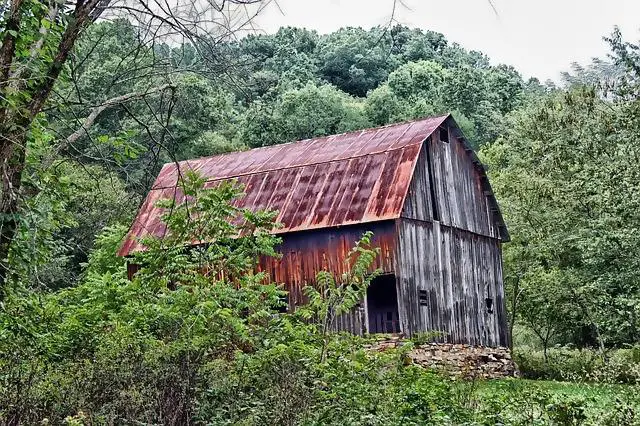
Missouri fully supports off-grid living. There are some parts where no building or zoning codes exist, and while the state authority will want to make sure that you have a safe well and septic system, there is no real involvement.
Missouri experiences middle weather in that it is not extremely cold like Alaska, and it is not as warm as some other states. The average temperature is about 50 degrees F, and winters tend to be mild. The area receives on average, 43” of rain and 25” of snow on an annual basis.
For the most part, Missouri has low taxation, but the cost of living is higher than in other states. But the cost of living is neither as high as Alaska, nor is it low like Tennessee. The laws here are relaxed too. There are no laws surrounding homeschooling and livestock.
3) Tennessee
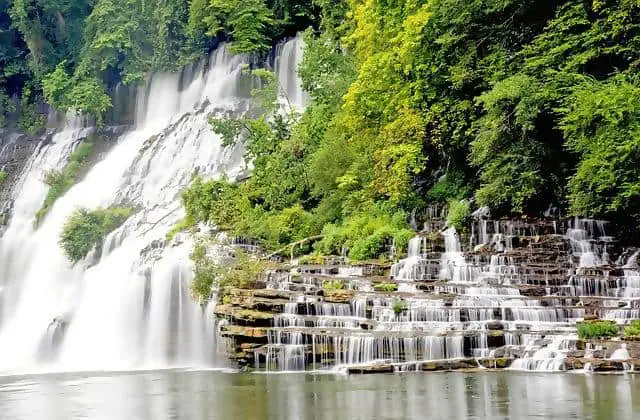
Tennessee is popular for its mild weather and having been voted as the freest state. It is a choice for off-grid living thanks to its laws of raising farm animals and their status as the 5th wettest region in the U.S., meaning there are no water problems.
Tennessee is quite humid, which means you might want to consider a house-cooling system. The only disadvantage of Tennessee is that it is quite vulnerable to cyclones and, if you prefer to move to the mountainsides, you are open to a fair share of the snow during the winter months.
When it comes to homeschooling laws, parents are required to notify the state that they are homeschooling their kids.
The cost of living here is inexpensive compared to other states. The health, transportation, housing, and utility costs are below the national average.
4) Washington
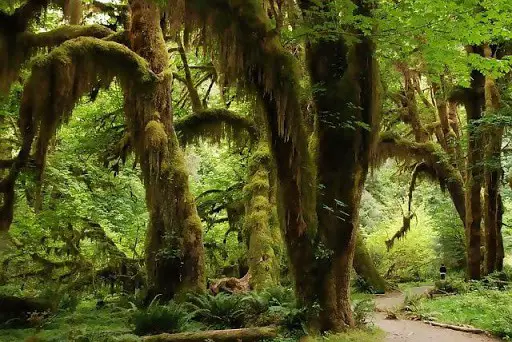
If you are looking for a state with a lush and forest, then this is the place. Washington has moderate temperatures and lax agricultural laws.
Washington State receives an abundance of rain averaging at 39” and does not receive much snowfall. During the summer months, temperatures average at 80 degrees F and the winter temperatures average at 45 degrees F.
The downside of Washington state is that the cost of living tends to be a bit higher than average, especially if you tend to get closer to the cities. The laws are also a bit strict about how you construct your home.
5) Montana
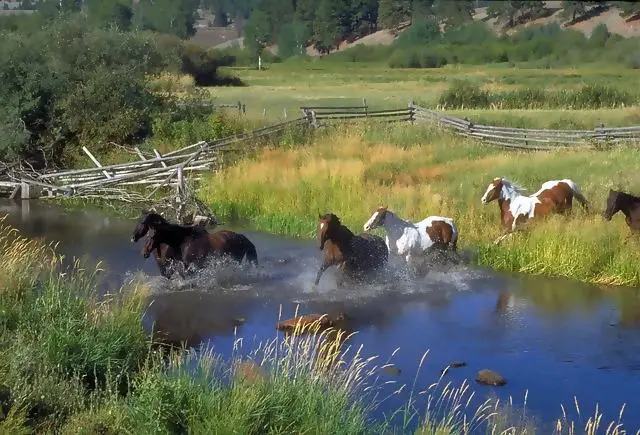
Montana is quite beautiful, with many unoccupied spaces and sunrises that will melt your heart. Its ruggedness and beauty make it a great choice. It is also filled with natural resources that make it an ideal choice for someone who desires a self-sufficient lifestyle.
The state receives snow of around 38” each year; otherwise, it is a dry state except in the rainy seasons. The weather in this state varies greatly depending on your location. It doesn’t get too hot, and the entire state is covered in snow during the winter season.
The cost of living here is high with the property prices and taxes being high. The laws for farm animals and building codes are relaxed.
6) Wyoming
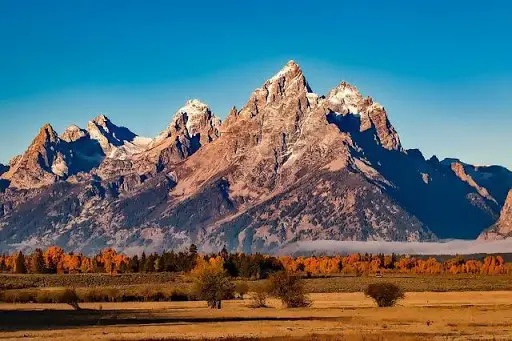
Wyoming is the least populated state and is known for the abundance of natural resources and the sheer beauty of the entire state. While the weather might make you a bit hesitant, the benefits of being here are more than the disadvantages.
The weather is semi-arid with desert-like conditions in some areas. It has a long winter season and a short summer. There is a water problem considering that the normal yearly rainfall is 12.9 inches and snow varies wildly.
The laws concerning homeschooling are lax, making it a good choice for many. The cost of living though is higher than average.
7) Vermont
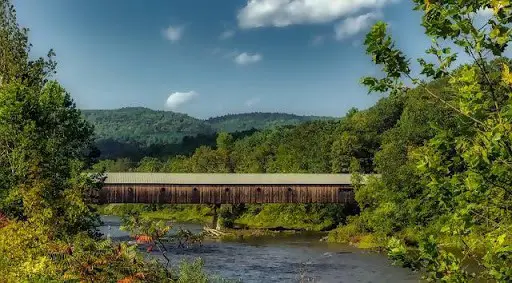
Vermont may have some of the coldest winters, but everything about this state is perfect for homesteading. The weather from spring through fall is warm, and rainfall is evenly distributed throughout the year, so there are no water worries.
The advantage of living in Vermont is that most counties in the state are quite friendly toward off-grid living. There is plenty of land available here, and the cost of living is low as well.
Having a quality power source is important for any off-grid cabin or home. I created an article that goes into detail on the best solar generators for this purpose. Check it out here: 5 Best Solar Generators for Cabins (Plus Example Scenario)
